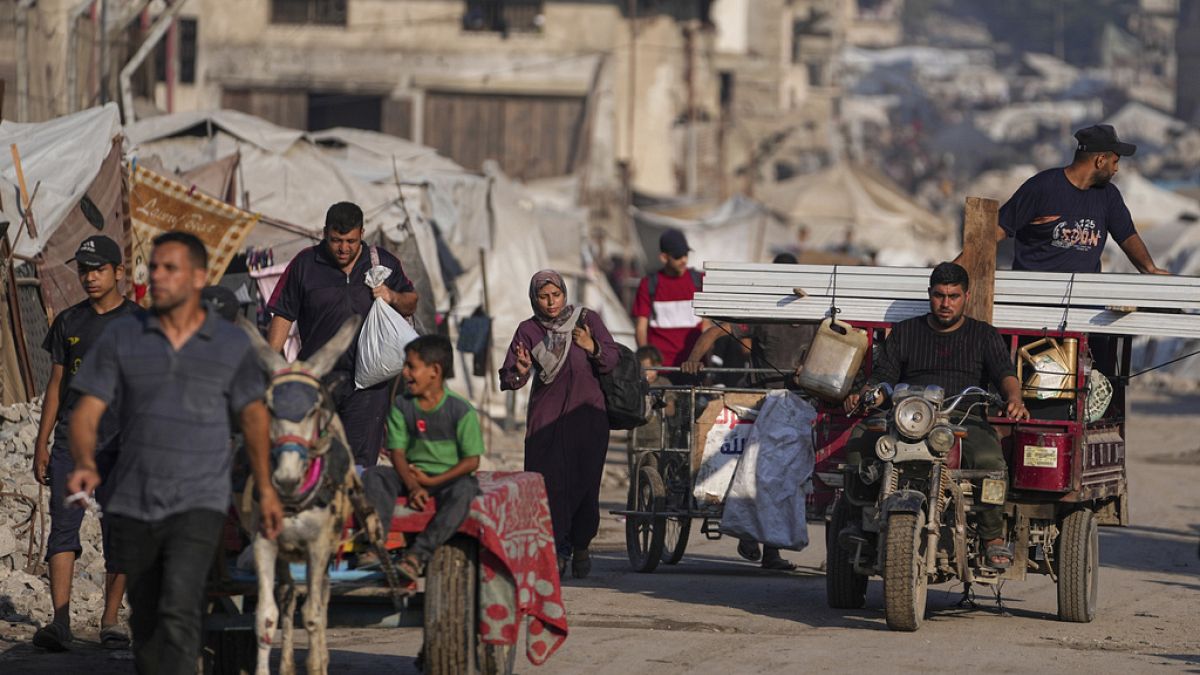

In the dynamic landscape of the Middle East, recent developments have stirred a mixture of diplomatic maneuvers and regional tensions, yet present potential new pathways toward peace. As discussions unfold, key voices have emerged, advocating for strategic resolutions that may shape the future of the region.
Amid these developments, US President Donald Trump has taken an active role in advocating for a ceasefire in Gaza. On Sunday, he called for a cessation of hostilities and emphasized the need to retrieve hostages. His vision suggests a broader attempt to leverage recent calm in the Iran-Israel conflict to support a lasting peace in Gaza, emphasizing dialogue over warfare.
Israeli Prime Minister Benjamin Netanyahu also hinted at “broad regional possibilities,” suggesting that the current tensions might open doors for new alliances and dialogues. While President Trump underscored his push for a ceasefire, Israel simultaneously prepared new mass evacuations in northern Gaza, indicating a potential expansion of military operations. These moves underscore the complexity of on-the-ground realities combined with behind-the-scenes diplomatic efforts.
Thomas Barrack, the US Ambassador to Turkey, has recognized the influx of change in the region, observing that the conflict between Iran and Israel could act as a catalyst for new paths in the Middle East. He noted ongoing confidential talks between Syria and Israel, which might serve as a stepping stone toward resolving long-standing issues affecting stability in the region.
While aspirations for peace are high, challenges remain. Iran has expressed skepticism over Israel’s commitment to a ceasefire, highlighting recent airstrikes and associated casualties. Within this paradigmatic shift, Iran’s military readiness remains a significant element, poised to respond if tensions escalate once more. Moreover, the shadow of nuclear capabilities looms with reports from the International Atomic Energy Agency (IAEA), whose chief, Rafael Grossi, noted that Iran could soon enhance its uranium enrichment, a reminder of underlying nuclear concerns despite recent US military actions.
Such intricate developments reflect a multifaceted situation where diplomatic engagements are ongoing and the outcomes are uncertain. Nonetheless, they also showcase an opportunity that both local and international stakeholders must navigate with care and strategic foresight. It is within this interchange of diplomacy and regional dynamics that the hope for peace persists, leaving room for optimism amid the challenges.
As global leaders balance the demands of strategic military considerations and the pursuit of peaceful resolutions, the essence of these times lies in dialogue and cooperation. By nurturing these avenues, there is potential to transform escalating tensions into constructive outcomes that could redefine the landscape of the Middle East for years to come.
Source: {link}
